Distillery stories: Laphroaig
We heard stories of how the distillery spent a century owned by the Johnston family until the 1920s, where after selling Laphroaig as medicine in in the US during prohibition (a master stroke in my opinion), the final family member made their most significant hire in Bessie.
Bessie originally came to work in the distillery for just one summer as a receptionist but ended up staying for forty years, becoming instrumental in the expansion of the business, building of the brand and ended up being left the distillery in the final Johnston’s will.
Fast forward a few years and we are close to the modern Laphroaig story, having been acquired by Beam in 2007, and more recently Suntory in 2014 who have vowed not to interfere in the day to day distillery management and operations, but will use their global business to find new routes to market and to start new conversations with an increasing potential consumer base.
From a production perspective, very little barley is grown on the island any more, only distillery Kilchoman, does as they are a working farm. The other seven Islay distilleries buy in their barley from the Port Ellen maltings, owned by Diageo.
What stands Laphroaig aside, however, is their malting process, only one of six in Scotland to still do their own drying and peating due to the expense, but the brand is unwilling to outsource the entirety of this of the process as they feel it could compromise the quality of the Laphroaig flavour so instead do 20% of the malting in house.
To put this in perspective, the peat is all cut by hand (I know as I had a go at cutting it), this is preferred as even though it is left to dry for six to eight weeks, it is still soggy inside so burns at a lower temperature so gives more smoke when burnt giving Laphroaig their unique flavour that we all enjoy once aged, bottled and consumed.
We were told how HRH Prince Charles awarded Laphroaig a Royal Warrant in 1994, and was a tad embarrassed having piloted, and crashed the plane he arrived in into the peat bog, although we were assured he had not yet sampled Laphroaig’s peaty goodness yet that day.
Turns out that Laphroaig is Prince Charles’ favourite whisky, hence why he awarded the Royal Warrant and even bottles his own Laphroaig for charity events under his Highgrove brand.
Further into the production process, we were shown the stainless steel wash backs, and explained how most distilleries moved to stainless steel wash backs from wooden as they are easier to maintain and clean. Especially as the wash backs are rumoured to have the presence of the ghost of one of the Johnston family members who leant in too far and ended up drowning in the mash.
After sampling the beer created in this part of the process, Emma described it as arguably the most sophisticated home brew possible.
For some reason, I’m always a sucker for a spirit safe, there’s something gorgeous about what it stands for.
And the spirit safes at Laphroaig are great, they are still operated completely manually using polished brass levers hand turned when the time is right. The chunky customs & excise padlocks were clearly visible.


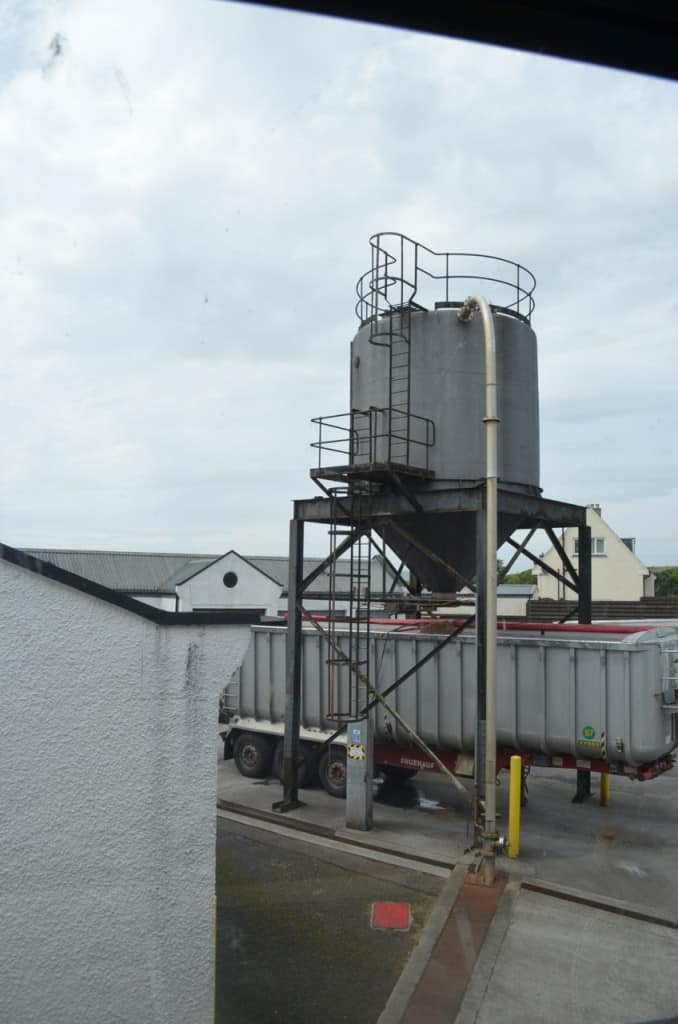
Asked why they never mechanised the process, we were told ‘why change something that that works so well?’
As we moved on to discussing the Laphroaig ageing process, we learnt that 95% of the Laphroaig liquid is aged in bourbon casks, most of these being from Marker’s Mark’s distillery in Kentucky that are shipped to the Speyside Cooperage who rebuild them and send them on to Laphroaig.
Curiously, for a Scotch whisky brand, Laphroaig only use their casks once, then they are sold to Chivas who use them a couple more times.
Another interesting fact we learnt about Islay single malts was that, aside from Bruichladdich, they are all bottled on the mainland for onward distribution around the world.
Laphroaig fill 3.5million litres of spirit per year, just imagine the amount of storage needed just for new stock each year! Incredible.
All their warehouses used to be cattle sheds, they were converted to warehouses as and when they were needed for storage, with new purpose built warehouses being built more recently as production has grown exponentially.
We were then told about how Lagavulin came into being and the challenges that arose as Sir Peter Mackie tried to copy Laphroaig’s style and product in the newly created Lagavulin distillery.
Records show illicit distillation in at least ten illegal distilleries on the site as far back as 1742, however. In the 19th century, several legal battles ensued with their neighbour Laphroaig, brought about after the distiller at Lagavulin, Sir Peter Mackie, leased the Laphroaig distillery. It is said that Mackie attempted to copy Laphroaig’s style. Since the water and peat at Lagavulin’s premises was different from that at Laphroaig’s, the result was different.
Having then bought the water source, which is huge by the way, and the surrounding fields and hills in order to secure the future of the distillery, Laphroaig dedicated the fields to the Friends of Laphroaig who, with each bottle they purchase, can claim their square foot of land on the distillery’s site and claim rent of a 5cl bottle of Laphroaig’s 10 Year Old upon visiting.
All in all this was an illuminating series of conversations that opened up the mystery and stories that surround this incredible distillery.
You can watch my YouTube review below:
Subscribe to my YouTube Channel by clicking here



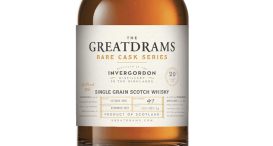
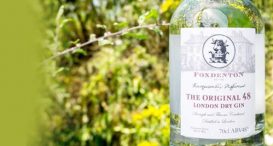
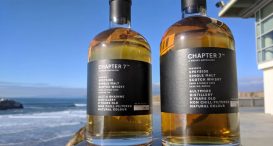

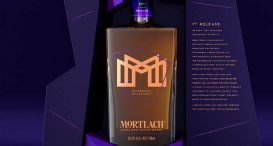
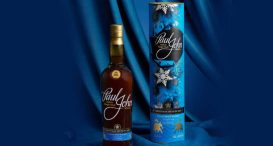
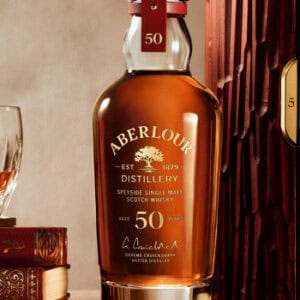

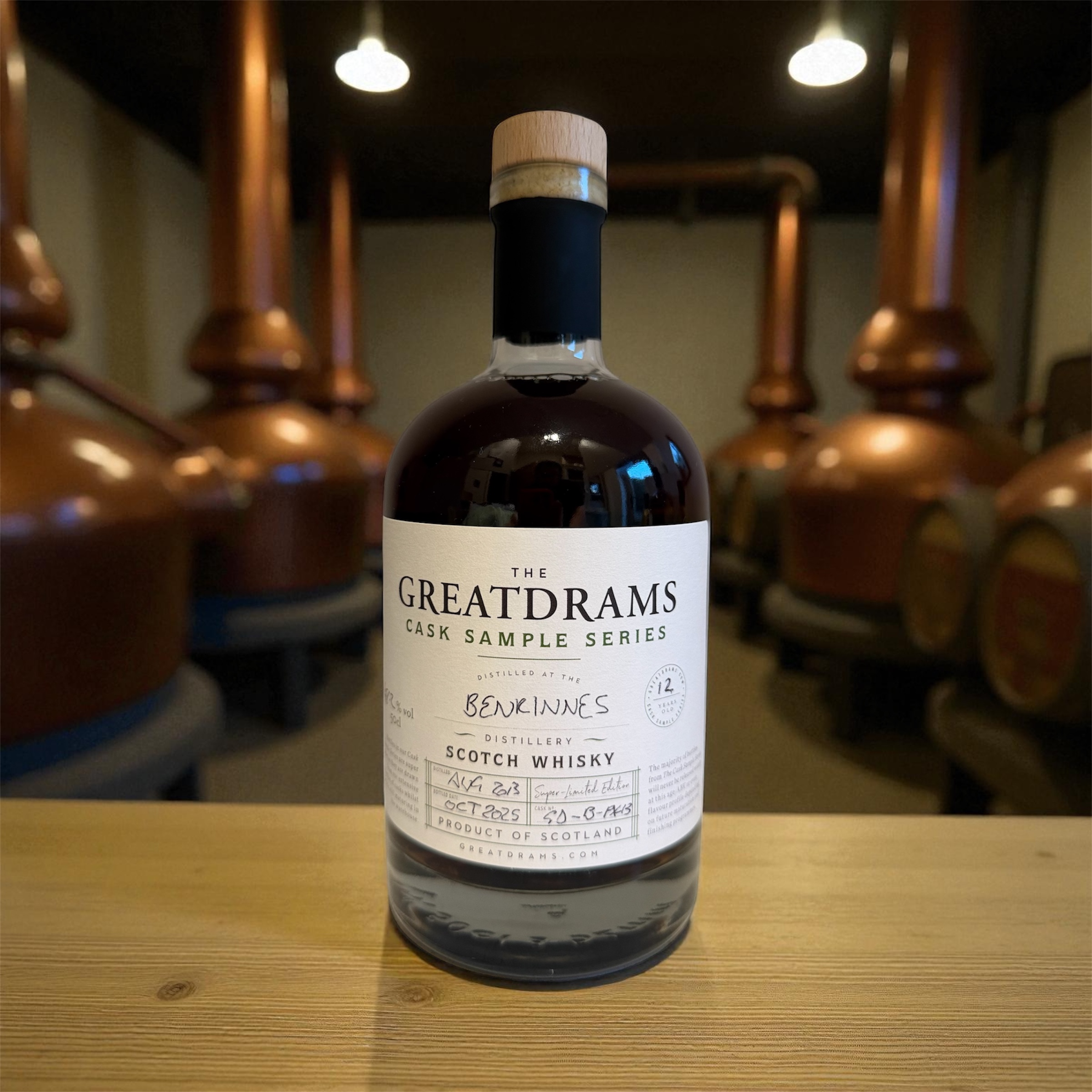
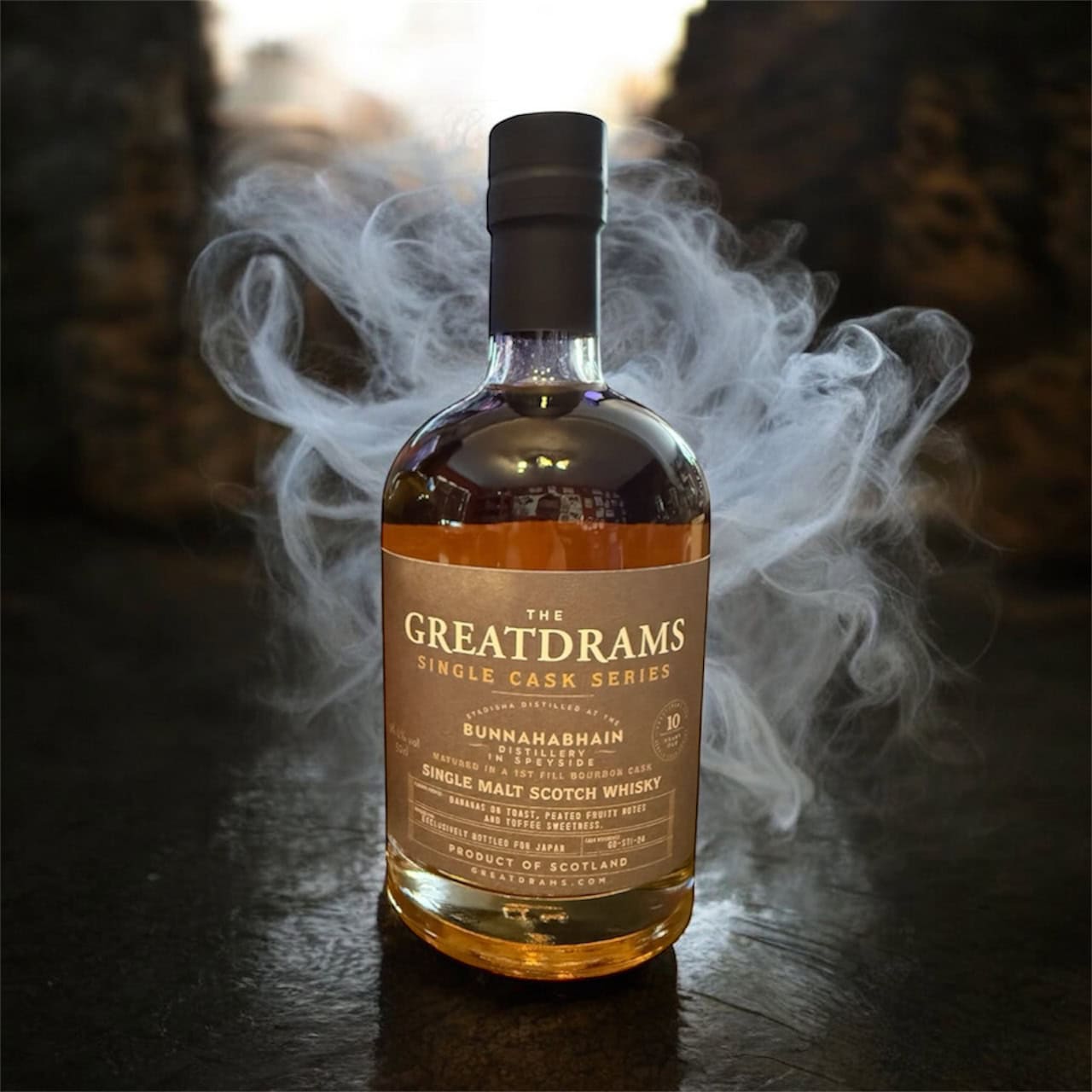
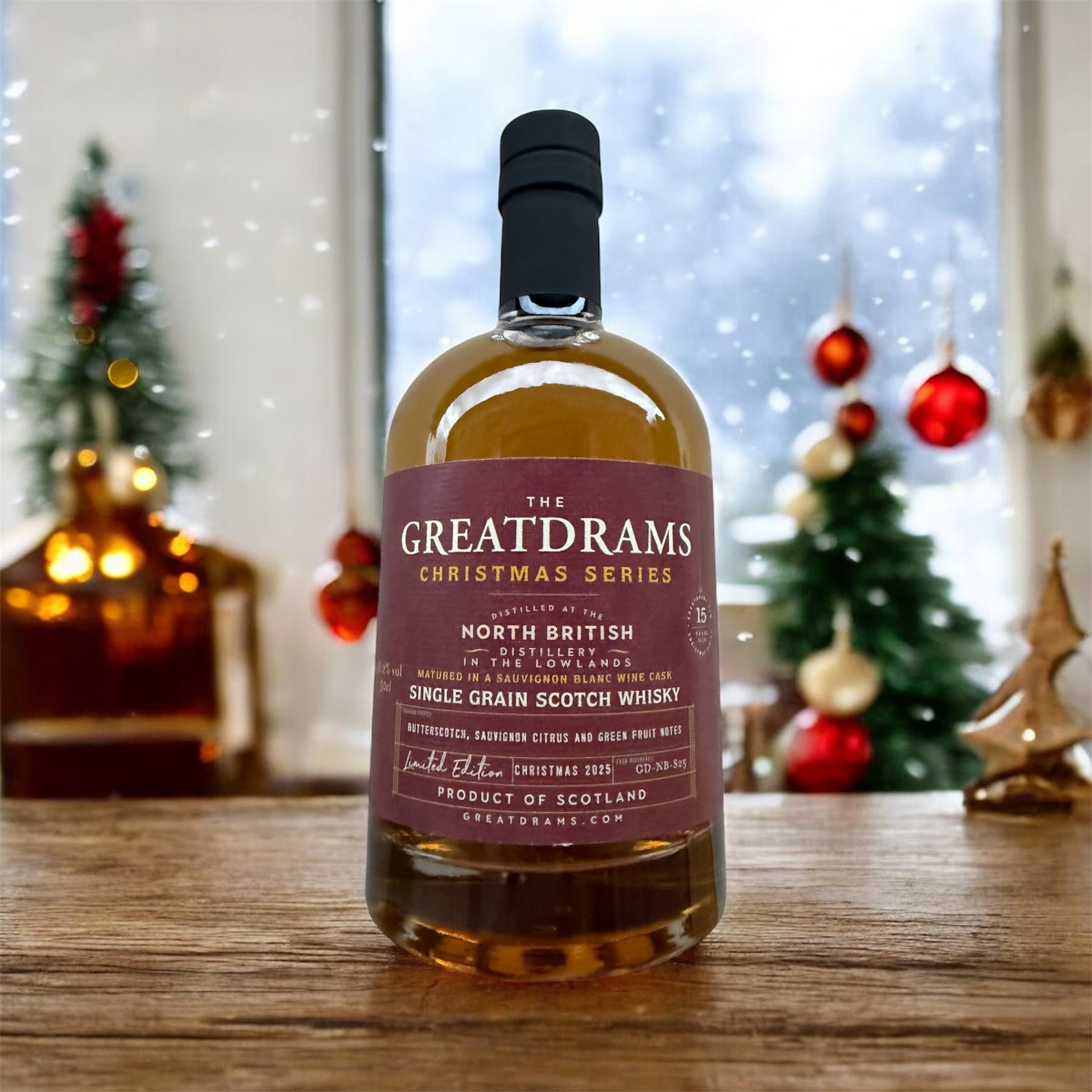

5 thoughts on “Distillery stories: Laphroaig”
A fascinating piece of history on my favourite distillery ! Who knew Laphroaig is also Price Charles’ dram of choice?
This post is worth everyone’s attention. How can I find out more?